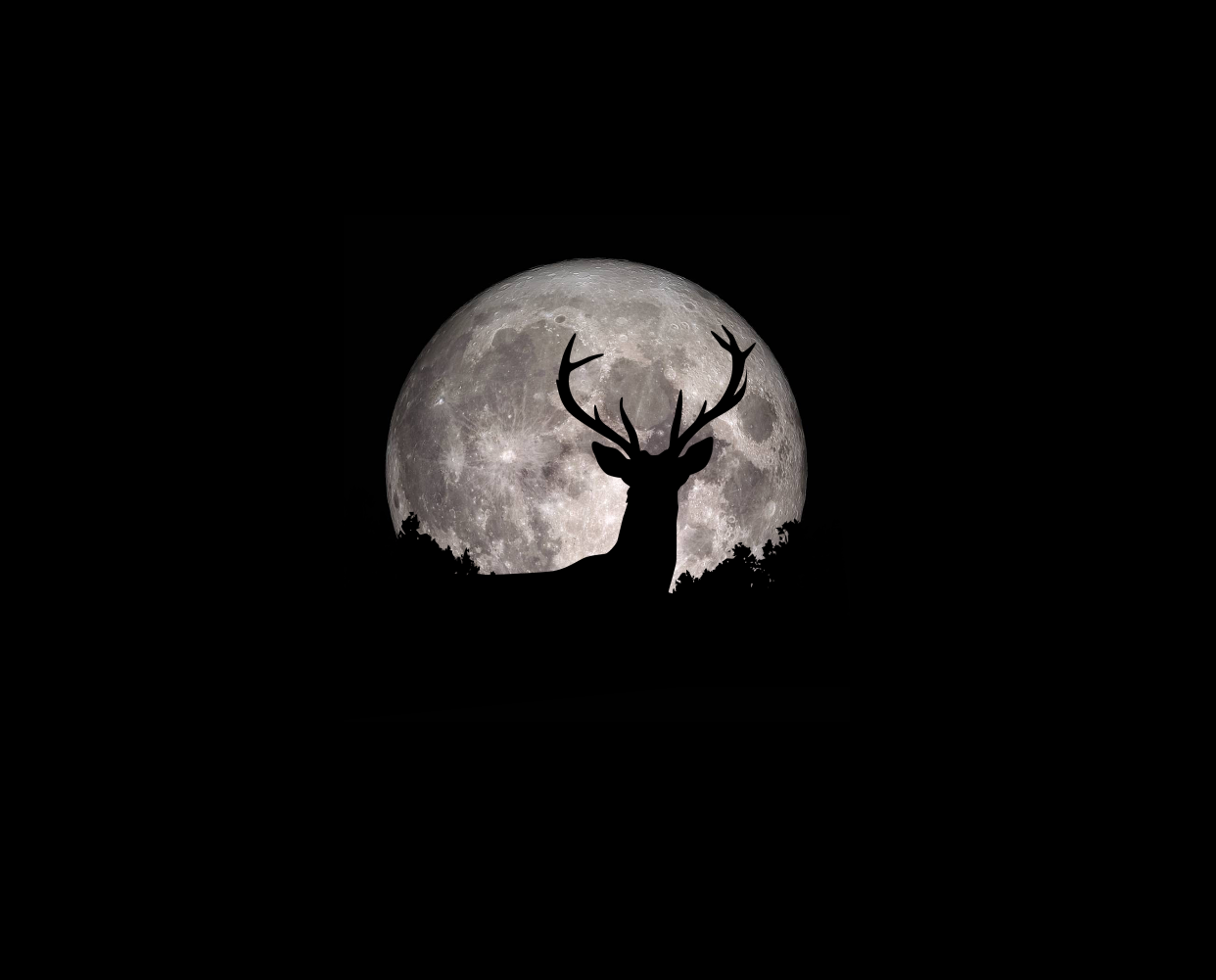Watch sunset and full buck moonrise at same time in July

Editor's note: This story has been updated to indicate the correct direction to look for the moon and sun on July 2-3.
Here's what's worth looking up for this July, from our resident space guy – and Cincinnati Observatory astronomer – Dean Regas.
July 2-3: Full buck moon
Watch a sunset and a moonrise. After the sun sets in the west-northwest on July 2 and 3, turn 180 degrees to the southeastern horizon and the full moon will slowly emerge from the shadow of the Earth (sometimes called the Belt of Venus).
The full moon for July goes by many nicknames including the full buck moon, the thunder moon and the hay moon. When the moon is low above the horizon it should look decidedly oranger in color. But watch how the moon arcs up and to the right into the sky, and it will turn its normal shade of pale gray.
July 4 (and all month): Red, white and blue stars
Stars come in all colors: from ruby red to electric blue. Face south after dark this month to see the red supergiant star Antares marking the heart of Scorpius the Scorpion. Then turn to the east to spot the three bright stars of the Summer Triangle. The faintest of the three stars is white in color and named Deneb. And at the top of the triangle is a blue star named Vega.
Take a closer look at the bright stars tonight. You can see these red, white and blue stars every July.
July 10-16 (and all month really): The cat’s eyes
Face south after dark to find a fishhook shape of stars just above the treetops. This is the constellation Scorpius the Scorpion. At the end of the scorpion’s tail are the two stinger stars named Shaula and Lesath. They are so close together in the sky that they really stand out.
Imagine a jungle cat peering at you through dense foliage. Shaula and Lesath are nicknamed “the cat’s eyes” since they seem to hover just above the horizon so close together.
July 19-20: Moon landings past and future
On July 20, 1969, astronauts Neil Armstrong and Buzz Aldrin first stepped onto the surface of the moon. A new series of missions named Artemis aims to do that again this century. Artemis 2 will launch sometime in 2024 carrying a crew of astronauts around the moon followed by Artemis 3 which hopes to land people on the surface in 2025.
For us Earth-bound stargazers, you can spot a slim crescent moon just above the western horizon after sunset during this week. Actually, on the evening of July 19, the moon will appear just to the right of the dazzling planet Venus. Then on July 20, the moon will have shifted a bit and will be near much fainter Mars.
This article originally appeared on Cincinnati Enquirer: Watch sunset and full buck moonrise at same time July 2-3

